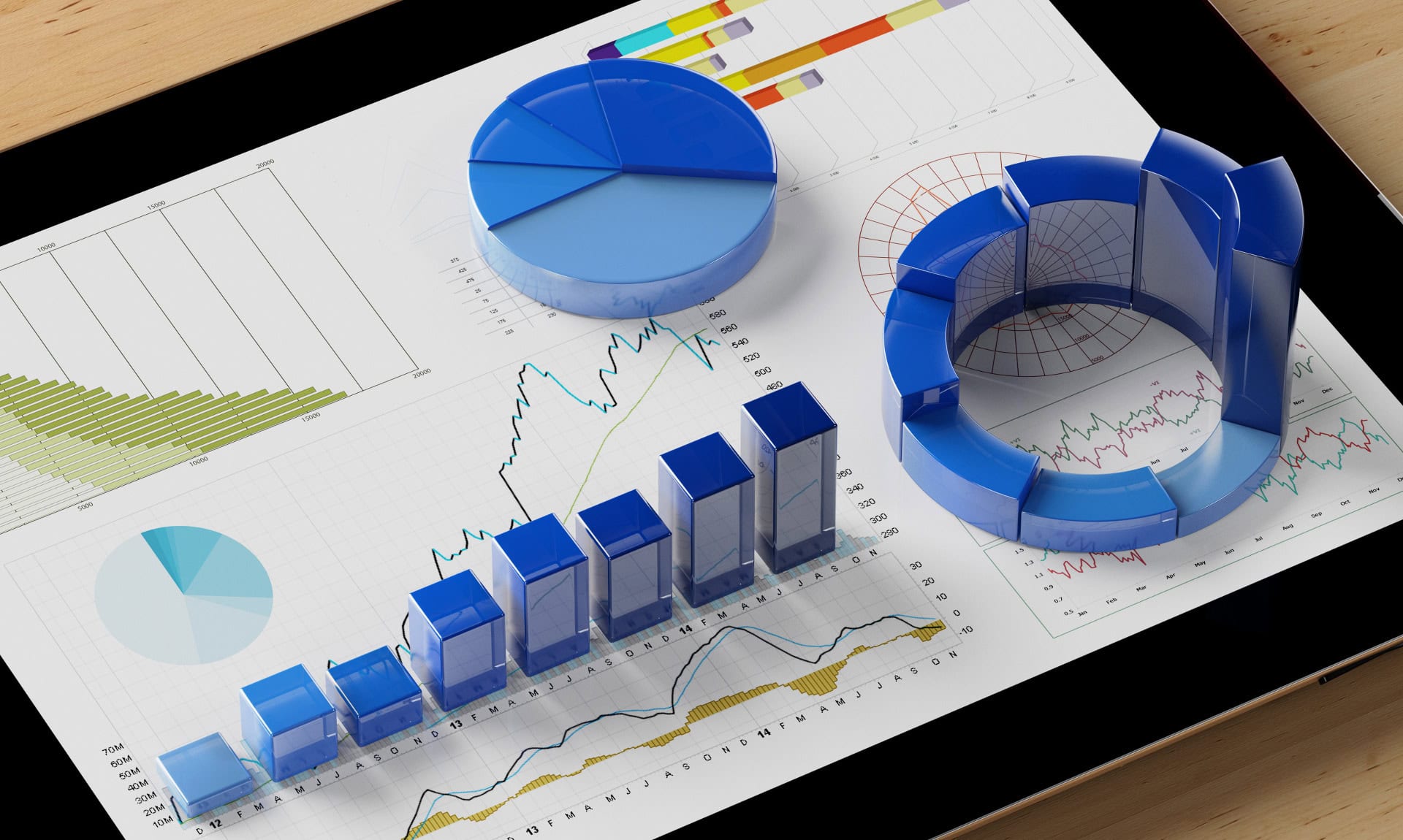
Performance Marketing vs Growth Marketing: What’s the Difference?
In the ever-evolving landscape of digital marketing, understanding the nuances between growth marketing and performance marketing is crucial for businesses aiming to optimize their strategies. Both approaches offer unique advantages, but knowing when and how to leverage each can significantly impact your company’s success.
This article will discuss the key differences, benefits, and applications of performance marketing vs growth marketing, helping you decide which path aligns best with your business goals.
What Is Performance Marketing?
Performance marketing is a data-driven strategy where advertisers pay only when specific actions, such as clicks, leads, or sales, are completed.
It focuses on measurable outcomes and ROI, utilizing channels like pay-per-click (PPC), affiliate marketing, and social media advertising. By emphasizing direct response and accountability, performance marketing ensures that every marketing dollar spent contributes to tangible business results.
Importance of Performance Marketing
Performance marketing is vital because it allows businesses to track and measure the effectiveness of their campaigns in real-time, ensuring that marketing budgets are spent efficiently. This results-oriented approach helps companies maximize ROI and make data-driven decisions to optimize their marketing efforts.
Performance Marketing Measurement
Measuring the success of performance marketing campaigns relies on specific marketing metrics that provide insights into their effectiveness and ROI.
- Cost-Per-Click (CPC): The amount paid by an advertiser for each click on their ad, indicating the cost-efficiency of driving traffic.
- Conversion Rate: The percentage of users who take a desired action, such as making a purchase, after clicking on an ad, reflecting campaign effectiveness.
- Return on Ad Spend (ROAS): The revenue generated for every dollar spent on advertising, showing the profitability of ad campaigns.
- Customer Acquisition Cost (CAC): The total cost of acquiring a new customer, including all marketing and sales expenses, highlighting the cost-effectiveness of marketing strategies.
- Click-Through Rate (CTR): The ratio of users who click on an ad to the number of total users who view the ad, indicating the ad’s effectiveness in attracting interest.
Performance Marketing Strategies
Effective performance marketing strategies rely on targeted goals designed to achieve specific, measurable outcomes. Some of these best practices include:
- Search Engine Marketing (SEM): Involves paid search ads that appear on search engine results pages, driving targeted traffic to websites based on keyword searches.
- Social Media Marketing (SMM): SMM utilizes paid ads on social media platforms to reach specific audience segments and drive engagement and conversions.
- Over-The-Top (OTT) Advertising: Delivers OTT ads directly to viewers via streaming services and internet-connected devices, bypassing traditional cable channels.
- Connected TV (CTV) Advertising: Displays connected TV ads on smart TVs and devices connected to the internet, offering the prestige of traditional TV advertising, but with the measurement capabilities of digital marketing.
- Programmatic Advertising: Automated real-time bidding on advertising inventory, including display ads, video ads, and native ads, to target specific audiences across various digital platforms.
What Is Growth Marketing?
Growth marketing is a holistic approach that focuses on the entire customer lifecycle, from acquisition to retention and beyond.
It employs data-driven tactics and continuous experimentation to optimize every stage of the customer journey, ensuring sustainable and scalable growth. By integrating various marketing channels and leveraging customer feedback, growth marketing aims to maximize long-term customer value and business growth.
Importance of Growth Marketing
Growth marketing is essential because it emphasizes sustainable and scalable growth by optimizing every stage of the customer journey, from acquisition to retention. This comprehensive approach ensures that businesses not only attract new customers but also retain and nurture them, ultimately maximizing lifetime value and fostering long-term success.
Growth Marketing Measurement
Measuring the success of growth marketing initiatives involves tracking specific KPIs that reflect long-term customer engagement and business sustainability. Some of these metrics include:
- Customer Retention Rate: The percentage of customers who continue to do business with a company over a specific period, indicating customer loyalty and satisfaction.
- Churn Rate: The percentage of customers who stop using a company’s products or services during a given timeframe, highlighting potential issues in customer satisfaction.
- Net Promoter Score (NPS): A measure of customer satisfaction and loyalty based on how likely customers are to recommend a business to others.
- Customer Lifetime Value (CLTV): The total revenue a business can expect from a single customer account throughout their relationship, helping to assess the long-term value of customer acquisition efforts.
- Growth Rate: The rate at which a company’s revenue or customer base is increasing over a specified period, reflecting the effectiveness of growth strategies.
Growth Marketing Strategies
Growth marketing leverages a variety of strategies aimed at optimizing the entire customer journey for sustainable growth. Some of these best practices are:
- Content Marketing: Creating and distributing valuable, relevant content to attract and engage a clearly defined audience, driving profitable customer actions.
- Email Marketing: Sending targeted, personalized emails to nurture leads and build strong customer relationships, enhancing retention and loyalty.
- Search Engine Optimization (SEO): Optimizing website content to improve organic search rankings, increasing visibility and attracting more qualified traffic.
- Referral Marketing: Encouraging existing customers to refer new customers through incentives, leveraging word-of-mouth to expand the customer base.
- Customer Feedback and Improvement: Continuously gathering and analyzing customer feedback to improve products, services, and customer experiences, driving higher satisfaction and retention.
Summary of Key Differences
Since that was a lot of information, let’s provide a quick summary. Understanding the key differences between performance marketing and growth marketing is essential for selecting the right strategy for your business needs.
Goals and Objectives
- Performance Marketing: Focuses on achieving immediate, measurable results such as clicks, leads, and sales, with a strong emphasis on short-term ROI.
- Growth Marketing: Aims for long-term, sustainable growth by optimizing the entire customer journey, from acquisition to retention, and maximizing customer lifetime value.
Measurement and Metrics
- Performance Marketing: Emphasizes real-time tracking of specific actions and direct responses, using metrics that provide immediate feedback.
- Growth Marketing: Focuses on a broader range of metrics that reflect long-term customer engagement and satisfaction.
Strategies and Tactics
- Performance Marketing: Utilizes targeted, direct-response strategies to drive specific actions, often relying on paid advertising channels to generate quick results.
- Growth Marketing: Employs a more holistic approach, integrating various channels and continuously experimenting to optimize the entire customer lifecycle.
Performance Marketing vs Growth Marketing: Final Thoughts
Understanding the distinctions between growth marketing and performance marketing is crucial for developing effective strategies tailored to your business goals.
Performance marketing focuses on achieving immediate, measurable results through targeted campaigns, while growth marketing emphasizes long-term, sustainable growth by optimizing the entire customer journey. By leveraging the strengths of both approaches, businesses can create a balanced marketing strategy that drives both short-term success and long-term customer loyalty.
News Via Inbox
Get our monthly report on all the latest and greatest trends in digital marketing.



